Simulator-based vs. Real-world Oil Rig Training
Safety and efficiency in the oil and gas industry hinge on well-structured and organized training. Companies must choose between simulator-based and real-world oil rig training. Companies must weigh the costs associated with the risks and intricacies of drilling procedures and decide whether operational drills should be run or training on an oil rig simulator. Each method of training has its advantages and limitations. Therefore, the choice whether to select oil rig training on simulators, the real-world oil rig training, or a combination of both will greatly impact the competence of the employees as well as the safety and efficacy of the operations.
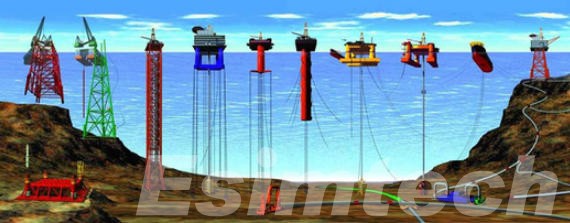
Understanding Oil Rig Simulators
Oil rig simulators have become an important training technology within the oil and gas sector. Simulators are designed to replicate the operations of drilling rigs, utilizing software to create a controlled environment. In addition, modern simulators incorporate virtual reality (VR) and augmented reality (AR) technology to create immersive simulations for drilling control and emergency response training.
Key Functions
Oil rig simulators are designed to replicate the behavior and operational procedures of a drilling rig. These include:
- Simulating the drill floor where the trainees practice pipe handling and hoisting, and emergency response procedures
- Monitoring control room activities where trainees adjust and monitor pressure, torque, and mud flow
- Responding to emergency simulations made to blowouts and equipment failures
- Simulating the control and manipulation of the rig under environmental and geological conditions, such as varying rock formations and deepwater challenges
Simulators vary greatly in their complexity. At the most basic level, there are software-based desktop simulators. At the other extreme, there are commercially available rigs designed to replicate the physical layout and instrumentation of an actual oil rig.
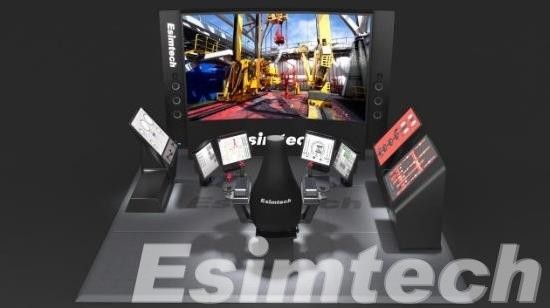
Advantages
- Increased Safety: Trainees practice, evaluate, and execute emergency procedures without the risk of incurring injuries, damage to equipment, or injuries to the surrounding environment.
- Cost Efficiency: Relative to the use of real drill rigs, training simulators save on equipment upkeep, fuel costs, and time lost during real-world training drills.
- Repeatable and Customizable Scenarios: Scenarios of complex drilling tasks and unique emergency drills can be modified and repeated without leaving the training facility.
- Scalability: Training programs can be increased in scope as a result of a high number of trainees participating in simulation exercises.
- Performance Assessment: Passively running simulators and documenting trainee activity by collecting metrics on multiple dimensions, allowing for customized skill training.
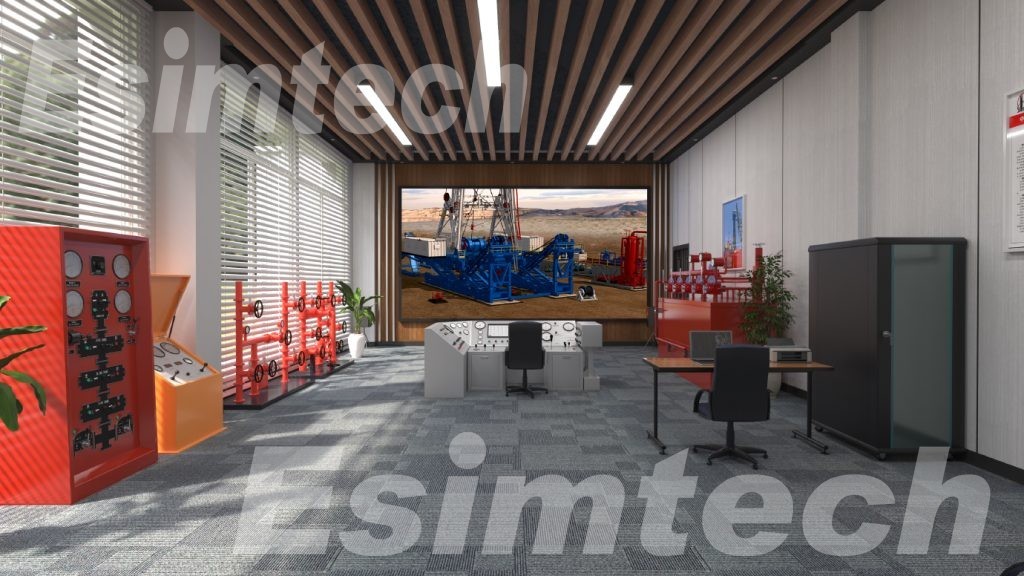
Limitations
- Limited Physical Interaction: Simulators cannot replicate the tactile feedback, real equipment vibrations, or the necessary physical effort to operate equipment.
- High Initial Investment: Effective simulators will require expensive software, hardware, and ongoing maintenance.
- Environmental Factors: Some real-world conditions like weather, seismic vibrations, and mechanical unforeseen failures cannot be reproduced.
- Dependence on Software Accuracy: Training effectiveness hinges on the simulator’s precision in modeling real-world physics and the behaviors of rigs, as well as the fidelity of the software driving the simulators in use during training sessions.
Understanding Real-world Oil Rig Training
Training in the maintenance and operation of drilling rigs involves a hands-on and practical approach. Engaging fully with actual oil drilling rigs and environmentally aligned with the oil and gas industry enhances operational safety, efficiency, and competency for the trainees.
Key Functions
- Hands-On Equipment Operation: Trainees are assigned to control drilling machinery and to weigh and adjust the rig systems to the value/Pascal limits.
- Operational Procedures: Learning standard drilling procedures, safety protocols, and routine maintenance fosters a teamwork environment.
- Emergency Response Practice: Simulating emergency scenarios including blowouts, equipment malfunctions, and hazardous spill response fosters a reliable work environment.
- Environmental Training: Training involves exposure to operational conditions such as weather extremes, vibrations, and other constraints of the drilling rig.
- Team Coordination: Developing communication and collaboration skills essential for efficient and safe rig operations.
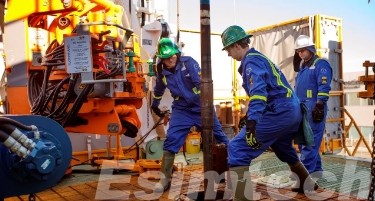
Advantages
- Real-world Instruction: There are operational and tactile lessons that are not possible to achieve in simulators.
- Real-world Crises: Trainees learn to develop skills for problem solving and decision making in unpredictable environments.
- Instructional Training: Physical operation with teamwork and emergency response in the training for operation of the rig.
- Confidence Building: Handling real equipment under supervision boosts trainee confidence and readiness for actual operations.
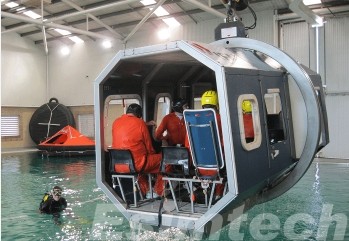
Limitations
- High Costs: Operational expenses, equipment wear, fuel consumption, and instructor supervision significantly increase training costs.
- Safety Risks: Mistakes can lead to accidents, injuries, equipment damage, or environmental hazards.
- Limited Scalability: Only a small number of trainees can train simultaneously without affecting operational efficiency.
- Operational Constraints: Training may be limited by rig availability, production schedules, or weather conditions.
Key Comparisons Between Simulators and Real-world Oil Rig Training
| Aspect | Simulator-Based Training | Real-world Oil Rig Training |
| Experience Type | Virtual, simulated environment | Hands-on, real equipment experience |
| Safety | Low risk; mistakes have no real-world consequences | Higher risk; mistakes can cause injury, equipment damage, or environmental impact |
| Cost | High upfront cost, low operational cost | High operational cost, ongoing expenses |
| Scalability | High; multiple trainees can rotate easily | Limited; few trainees can train at once |
| Skill Development | Procedural, decision-making, emergency response | Practical, tactile, teamwork, situational awareness |
| Flexibility | Adjustable scenarios, repeatable practice | Limited by rig availability and environmental conditions |
| Environmental Exposure | Simulated conditions only | Real-world weather, vibration, and site-specific challenges |
| Performance Tracking | Metrics and analytics available | Mostly observational; harder to quantify |
| Emergency Preparedness | Safe practice of rare or dangerous scenarios | Realistic, high-pressure response experience |
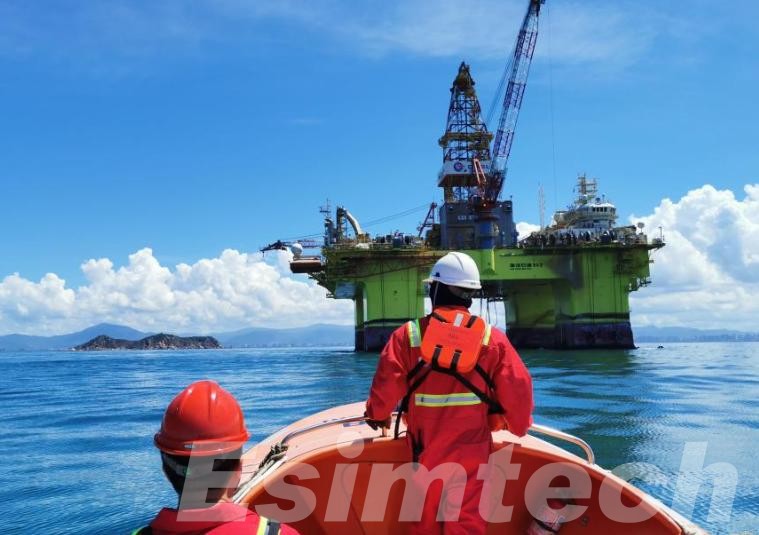
Key Considerations for Choosing Between Simulator-based and Real-World Oil Rig Training
Each of simulator-based and real-world oil rig training method has its own merits, and choosing the most appropriate one entails a careful consideration of a number of essential factors.
- Understanding Training Objectives
First, the training program rationale must be established. Simulator training enables the mastery of procedures, the practice of real-time decision-making, and the training of emergency response protocols. A controlled framework allows trainees to practice, as often as needed, complicated or dangerous scenarios. Thus, simulation training has no risks to people, equipment, or the environment. In contrast, real training provides the operator with tactile handling of the equipment and training to work under unpredictable conditions of operation that can only be replicated to a limited extent using virtual systems. The aiming of the training to develop procedural knowledge, practical skills or a combination of the two must be clear to settle on the best training approach.
- Safety and Risk Management
Safety considerations are paramount when selecting a particular training method. Simulators provide a risk-free setting where one can try out various emergency response and operational error scenarios and tests. Should a trainee make any mistakes during training, simulators ensure that these mistakes do not translate to real-world consequences, which is especially beneficial in high-risk training situations. On the other hand, in lieu of hands-on skill development, real-world training can be worthless. Such training situations are riskier as they come with possible injuries, damage to equipment, and other environmental dangers. Hence, organizations are faced with assessments of such risks, and how they offset the benefits of real tactile experiences.
- Cost and Resource Allocation
Financial implications are one of the most important factors when it comes to training. Simulator-based oil rig training requires a large initial outlay for the purchase of hardware, software and ongoing maintenance. That said, operational costs are low owing to the fact that there are no fuel costs, no wear and tear of equipment, and no rigs are idle. On the other hand, real-world training comes with high operational costs in which fuel, maintenance, and supervision are included, not to mention possible production interruptions. Owing to these factors, companies need to assess both the short and long-term costs associated with each training method. This analysis is aimed at arriving at the most cost-effective training solution in which training quality is not compromised.
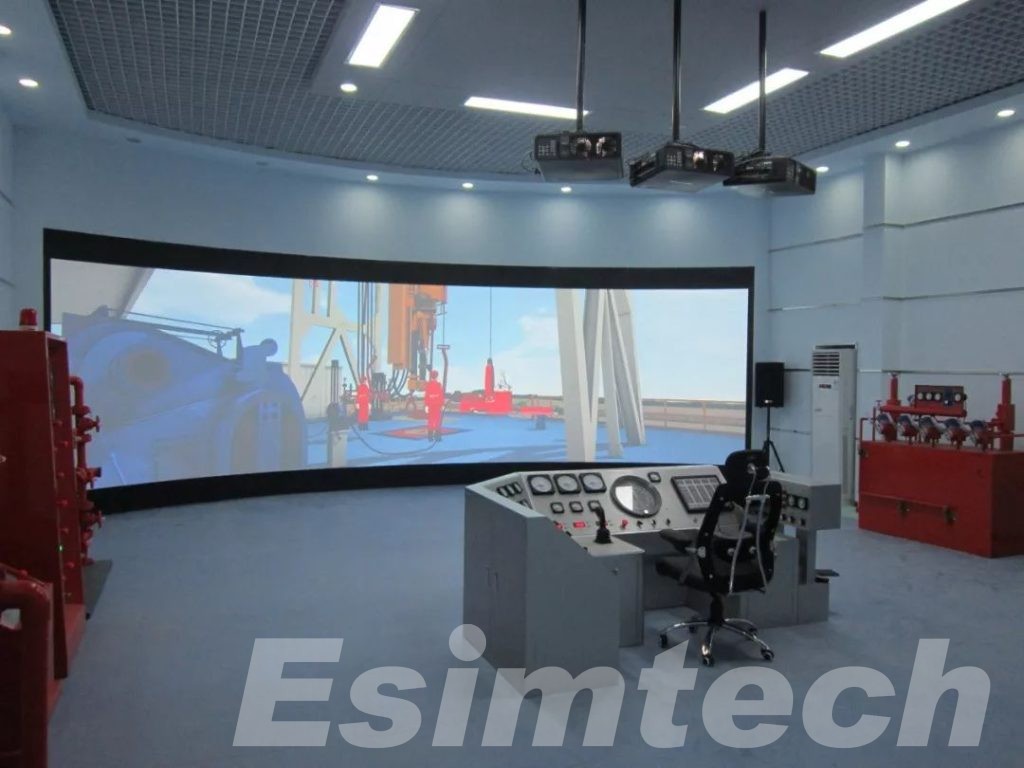
- Skill Development and Competency
The methods for skill acquisition differ. Simulator-based training is effective for developing procedural knowledge along with critical thinking and emergency response skills. It enables trainees to repeat and analyze multiple scenarios using various performance metrics. However, real-world training develops tactile skills, operational intuition, and situational awareness, which can only be acquired through direct contact with live equipment and real environmental conditions. For complete competency, a hybrid approach is most effective, which is what most organizations opt for using simulators for foundational skills and real-world exposure for practical experience.
- Flexibility and Scalability
Simulator-based training is flexible and scalable to an extent that real-world training is not. Training sessions can be tailored to different drilling conditions, types of equipment, and emergency scenarios. Many trainees can rotate through simulators, and there is no problem with meeting production schedules. However, real-world training is limited by rig availability, prevailing weather conditions, and operational demands, which makes scaling a bigger problem. Companies looking at the training methods available must consider the size of their workforce and training schedules.
- Organizational Goals and Regulatory Requirements
Finally, the decision is impacted by organizational objectives and legal compliance. Regulatory requirements and some certifications may call for documented hands-on training, making real-world training unavoidable. However, organizations interested in enhancing safety culture and minimizing workplace incidents may focus on high-risk procedure training through simulators. Strategic training choices allow the workforce to be ready within the training and safety culture, while also achieving industry compliance.

Hybrid Approach of Simulator-based and Real-world Oil Rig Training
Hybrid oil rig training combines the advantages of drilling training simulators and the rig operations in the field. Training starts with mastering the procedures, decision making, and emergency response within a safe environment of a simulator – a phase during which mistakes have no negative consequences. This phase is an opportunity for trainees to practice the tasks in several different ways and under various scenarios, and for simulators to evaluate the trainees’s performance. After the fundamental skills have been taught, trainees move to real-world rigs where they relate the theoretical training to physical equipment, environmental conditions, and the social dynamics of teamwork, which is a whole different training in itself. This combination greatly enhances the trainee’s theoretical knowledge and practical skills.
Advantages
The hybrid model provides several benefits over relying solely on either training method.
- Enhanced Safety: By training on simulators first, the trainees gain some level of competence which helps in minimizing the chances of accidents and injuries when real equipment is handled during training.
- Cost Efficiency: Using simulators enables trainees to practice as many times as needed without the need to use fuel, wear out the equipment, or disturb production schedules. This means that the minimal exposure that trainees have to the equipment, with the essential hands-on experience, also means lower operational costs.
- Comprehensive Skill Development: While real-word training helps develops tactile skills, situational awareness, and familiarity with operational problems, simulators train the mind in procedural knowledge, emergency action, and scenario-based critical thinking.
- Flexible and Scalable Training: While consolidated real-world training sessions are limited to a handful of trainees, multiple trainees can use simulators in a rotational fashion. This balance addresses the training needs of a large workforce without unduly stressing the field equipment.
- Performance Tracking and Feedback: Using simulators allows the collection of performance data on trainees which can, in turn, inform real-world training.
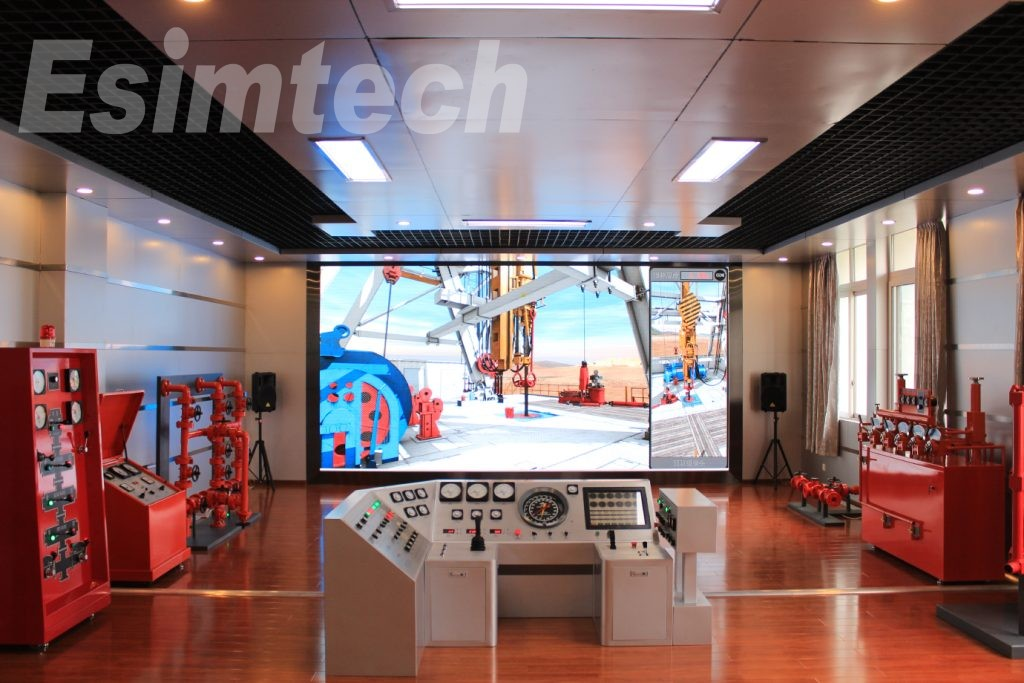
Implementation of Hybrid Training
This phased approach ensures that trainees develop procedural knowledge first in a safe environment, then gain practical experience, and finally consolidate skills through evaluation and reinforcement.
| Phase | Description | Key Focus Areas |
| Phase 1: Simulator-Based Foundation | Trainees begin with simulator sessions to learn rig operations and procedures in a controlled environment. | Equipment controls, operational procedures, emergency response, decision-making |
| Phase 2: Practical Real-World Training | Trainees transition to live rigs, applying simulator knowledge under supervision. | Hands-on equipment operation, teamwork, environmental adaptation, real-time problem-solving |
| Phase 3: Performance Assessment | Trainee performance is evaluated on both simulator metrics and real-world execution. | Skill proficiency, emergency response readiness, procedural adherence |
| Phase 4: Reinforcement and Feedback | Additional simulator or targeted real-world sessions address gaps or reinforce learning. | Continuous improvement, scenario repetition, confidence building |
Final Thoughts
There are distinct advantages to both simulator-based and real-world oil rig training. simulator-base training provide safe, repeatable, and cost-efficient learning opportunities. on the other hand, real-world training is necessary to provide the hands-on experience that is crucial for working in an unpredictable environment. The best approach usually is a combination of the two oil rig training methods, which ensures that training is safe for personnel and economically viable for the organization.
